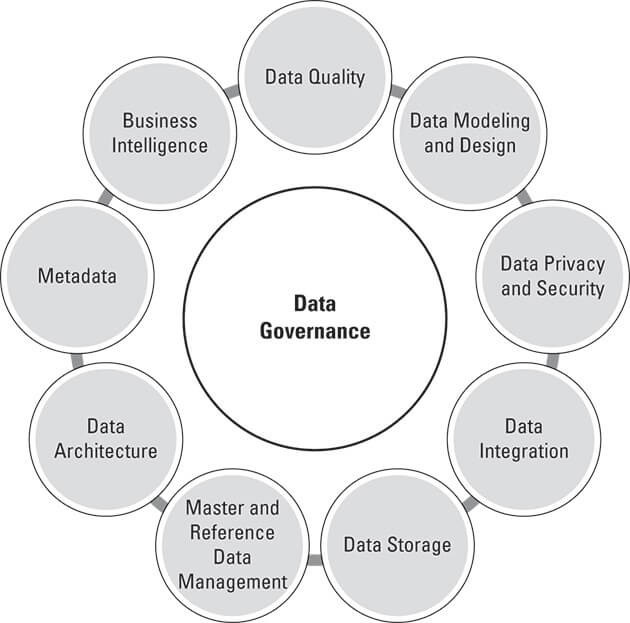In today’s fast-paced digital era, businesses that fail to evolve risk falling behind. Digital transformation is no longer a luxury—it’s a necessity. It refers to the integration of digital technologies into all areas of a business, fundamentally changing how companies operate and deliver value to customers.
This article explores the core elements of digital transformation, its pillars, types, and how leading companies like Singleclic help organizations navigate their digital journey.
What is Digital Transformation in Business?
Digital transformation involves rethinking traditional business processes, services, and customer experiences using digital technologies. It’s about adopting tools and platforms such as ERP systems, CRM solutions, cloud computing, and cybersecurity to optimize efficiency, agility, and customer satisfaction.
For example, instead of manual data entry, a business might automate workflows with low-code applications or integrate cloud-hosted systems to enable remote access and collaboration.
The 4 Types of Digital Transformation
Understanding the categories of transformation helps organizations identify where to focus efforts:
1. Process Transformation
Optimizing internal processes using automation, AI, or advanced analytics.
2. Business Model Transformation
Changing the way revenue is generated—like shifting from traditional retail to e-commerce platforms.
3. Domain Transformation
Expanding into new digital industries or integrating emerging technologies like IoT or blockchain.
4. Cultural/Organizational Transformation
Fostering a digital mindset across all teams, emphasizing agility, innovation, and collaboration.
The 4 Key Pillars of Digital Transformation
To succeed in digital transformation, businesses must focus on these foundational areas:
- People: Upskilling teams and empowering digital-first thinking.
- Technology: Deploying modern infrastructure (cloud, AI, automation).
- Processes: Reengineering workflows for speed and efficiency.
- Data: Using data as a strategic asset for real-time decision-making.
The 7 Pillars of a Comprehensive Digital Strategy
Some frameworks extend the transformation model to include seven pillars:
- Customer Experience
- Operational Agility
- Culture and Leadership
- Workforce Enablement
- Digital Technology Integration
- Data and Analytics
- Cybersecurity
These pillars provide a holistic approach to building a future-ready enterprise.
Why Digital Transformation Matters Today
- Competitive Advantage: Stay ahead of digital-native competitors.
- Scalability: Easily expand operations through cloud and SaaS tools.
- Customer Satisfaction: Offer personalized, seamless experiences.
- Cost Efficiency: Reduce overhead through automation and smart infrastructure.
How Singleclic Supports Digital Transformation
Since 2013, Singleclic has been a trusted digital partner across the MENA region. The company offers tailored solutions that empower businesses to achieve their digital goals, including:
- Custom software development (ERP, CRM, Low-code apps)
- IT infrastructure and networking
- Hosting services for cloud-native apps
- Advanced cybersecurity protection
- 24/7 technical support
If you’re considering transforming your business digitally, reach out to Singleclic at:
📞 +2 010 259 99225 / +971 42 475421 / +966 58 1106563
🌐 Visit Singleclic.com
Conclusion
Digital transformation is not a one-time project—it’s a continuous journey. From streamlining operations to enhancing customer experience, businesses that embrace digital change will thrive in the modern economy. With the right strategy and expert guidance from companies like Singleclic, you can turn your digital vision into reality.









